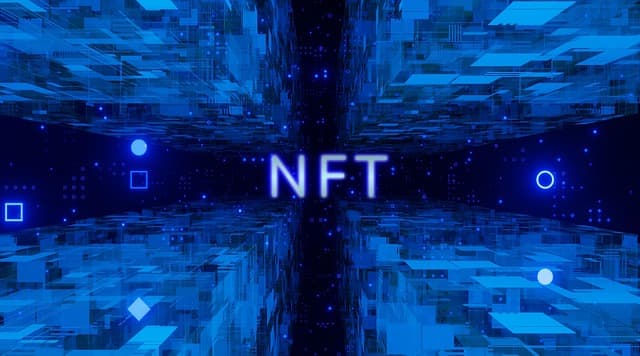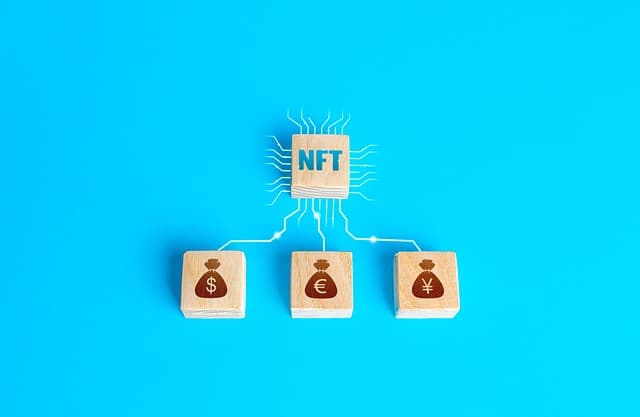NFT (from the English “non-fungible token”) are non-interchangeable tokens, which are titles of ownership of various digital objects: texts, images, audio, digital works of art, game items or characters, domain names, financial instruments, club cards, etc.
In the case of cryptocurrency – it is conventionally fungible. One bitcoin in one user’s wallet is equal to one bitcoin in another user’s wallet (if we do not take into account the fixation of origin through blockchain analytics), one NFT-token with an artwork is not equal to one NFT-token of another user, because it can be different artworks of different artists with different values.
Each of the NFT-tokens is unique and exists in a singular number. Non-interchangeable tokens are unique – they cannot be copied. Each of them contains identifying information recorded in a smart contract. This information makes each NFT unique, different from the other.
With NFTs, developers have solved the problem of securing ownership of digital objects. Information about the owner and his tokens is fixed in the blockchain. It is impossible to replace or delete the information.
The history of the emergence of NFT
Experiments with NFT began with the appearance of solutions such as Colored Coins (in 2013) and Counterparty (in 2014), which made it possible to tokenize assets on the bitcoin blockchain.
In 2017, the NFT project Rare Pepe Directory, a meme featuring Pepe the frog, gained prominence. The first NFT on the Ethereum blockchain in June 2017 was the Larva Labs team’s project CryptoPunks pixel portraits. CryptoPunks, of which there are only 10,000, were initially distributed for free, but at the time of writing they are already seen as valuable blockchain antiques.
The first HYIP in the history of NFT was CryptoKitties. Launched in November 2017, the project gives the opportunity to “breed” kitties. The user takes two NFT kitties and produces from them NFT offspring of varying degrees of rarity, which he keeps or sells.
Many projects have begun to experiment with the mechanics of NFT breeding, adding other game elements. For example, L2 games built by third-party developers on top of CryptoKitties have emerged. The idea behind such games is that it is not NFTs that are created for the game, but games are created for existing tokens. This idea is being developed by the Enjin project, which raised 75,000 ETH in an ICO in late 2017, and Eminence by Andre Cronje.
The L2 app Wrapped Kitties allows users to wrap NFT kitties in ERC-20 tokens. If the user can’t afford the expensive token, they can buy a portion of it. As of March 11, 2021, Wrapped NFT had a market capitalization of $5.098 million.
Another project with a game element is Aavegotchi, which combines the mechanisms of the DeFi lending service Aave and the popular tamagotchi toy.
Bubble games in the style of “Hot Potato” appeared. Their rules are simple: each successive NFT customer pays more than the previous one. Once someone has bought NFT from the developers, at each subsequent resale the price of the asset automatically increases according to a predetermined algorithm.
Tokenization of non-interchangeable digital objects quickly spread to:
- Card games (Gods Unchained),
- RPGs (MyCryptoHeroes, Neon District),
- sports games (F1 Delta Time, Sorare),
- virtual worlds (Decentraland, Cryptovoxels),
- Ethereum domain names (ENS),
- traditional financial instruments (yinsure).
Tokenization of digital art has received a new impetus: it has become even easier to create NFTs, trade them and receive royalties from them.
All classes of digital objects are actively traded on marketplaces. The ecosystem of NFT production and circulation includes dozens of projects.










